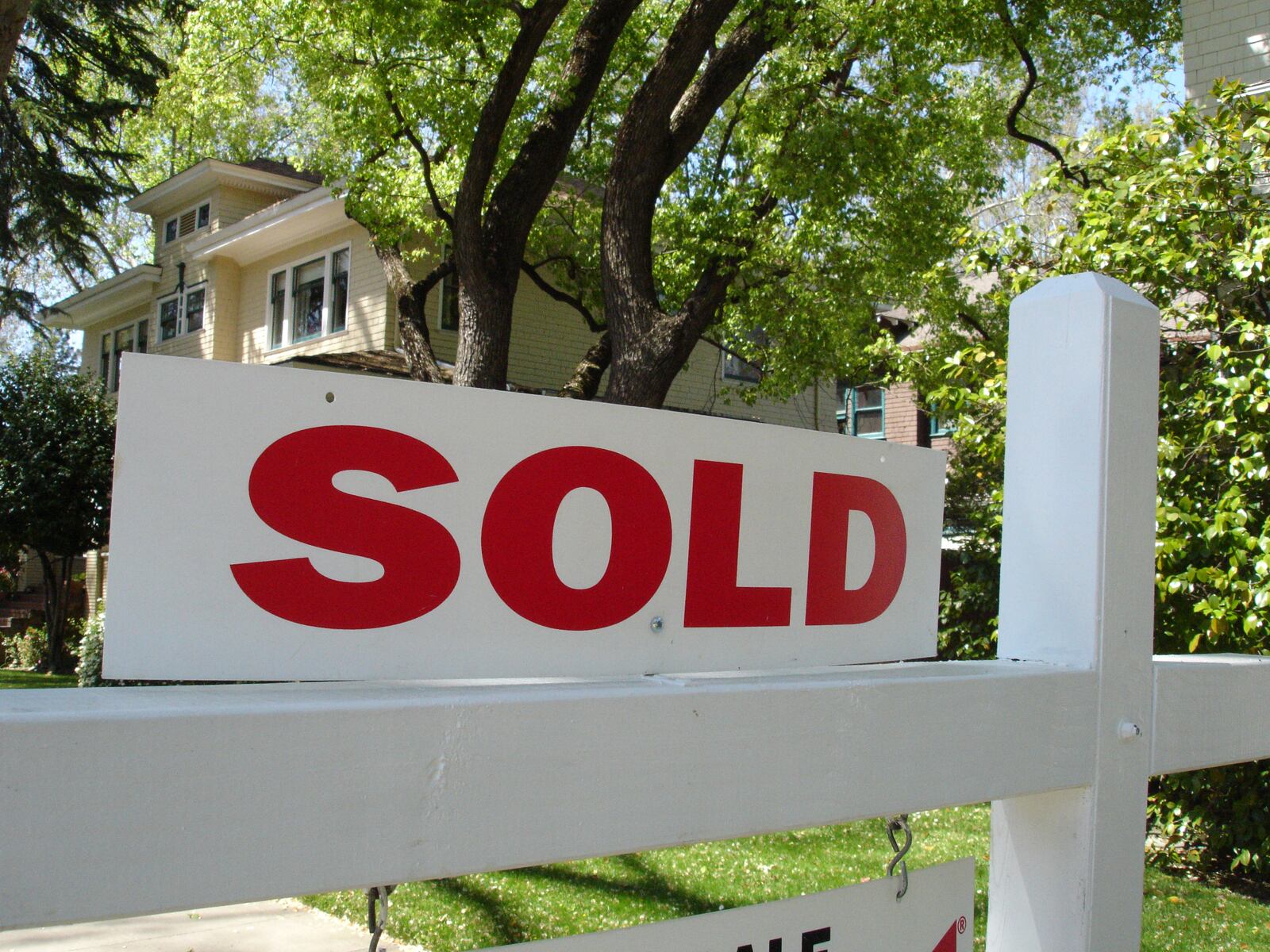A significant transformation is underway in the American housing market, with over 40.3% of homeowners living without a mortgage in 2024. This figure represents a record high and marks a slight increase from 39.8% in the previous year, according to a recent analysis by ResiClub based on data from the US Census Bureau. This trend illustrates the impact of demographic changes, particularly the aging population of Baby Boomers who are increasingly achieving debt-free homeownership.
The proportion of mortgage-free homeowners has steadily risen over the past decade, climbing from 32.8% in 2010. Analysts attribute this growth to an aging population, as older individuals are more likely to have fully paid off their homes. Currently, 54% of the nation’s 35 million mortgage-free homeowners are aged 65 or older, a demographic that constitutes just over a third of all homeowners in the United States. Within this age group, approximately 64% own their homes outright, contrasting sharply with lower rates among younger and middle-aged homeowners still managing mortgage payments.
Regional Variations in Mortgage-Free Ownership
The distribution of mortgage-free homeowners varies significantly across regions. Areas characterized by lower property values and older populations exhibit the highest concentrations of fully paid-off homes, particularly in parts of the South and Midwest. Notably, among the 200 largest metropolitan areas in the United States, cities like McAllen, Texas (with 61.8% of homeowners mortgage-free), Brownsville, Texas (57.8%), and Beaumont, Texas (57.1%) report the highest shares of mortgage-free ownership.
Conversely, cities with rapidly rising property values tend to have lower percentages of homeowners without mortgages. For instance, Washington, D.C. (with just 26.4% mortgage-free homeowners), Provo, Utah (27.0%), and Denver, Colorado (27.1%) reflect much lower rates, highlighting how financial pressures in these urban areas often result in higher mortgage debt.
Future Trends and Financial Implications
As millions of Americans accumulate substantial equity in their homes, the financial industry is adapting to these demographic shifts. ResiClub forecasts a rise in equity-based financial products, such as reverse mortgages, as older homeowners—who have paid off their properties—seek to access their home equity without selling their homes. This trend indicates a broader shift in the American dream of homeownership, moving away from merely acquiring property to a focus on retaining and leveraging it over time, particularly as individuals age in place.
The implications of this growing trend are profound, affecting not only homeowners but also the broader housing market and financial landscape. As the proportion of mortgage-free homeowners continues to increase, it reflects a changing attitude towards homeownership, one that emphasizes stability and long-term investment over the pursuit of new property.






